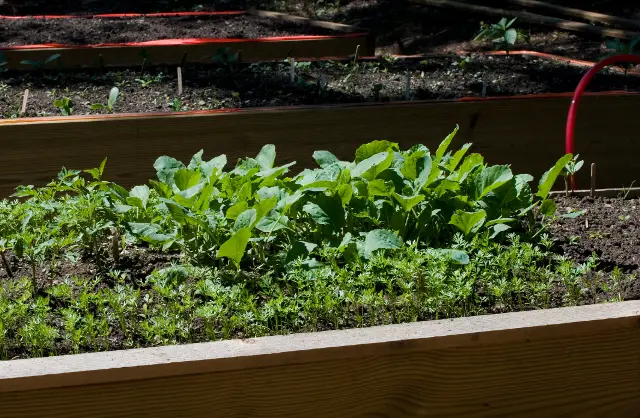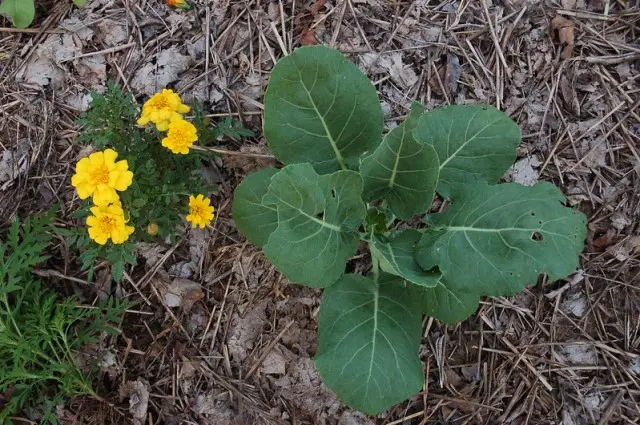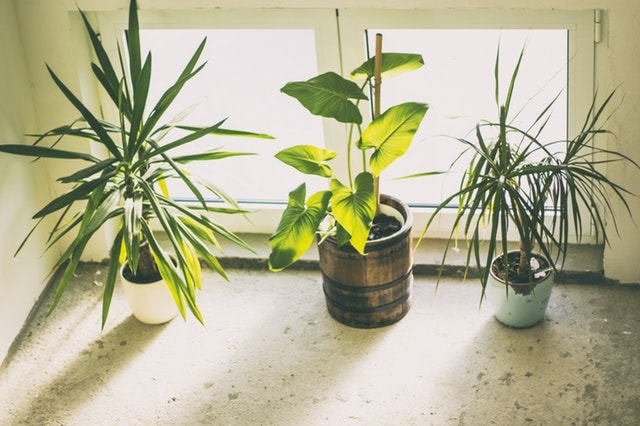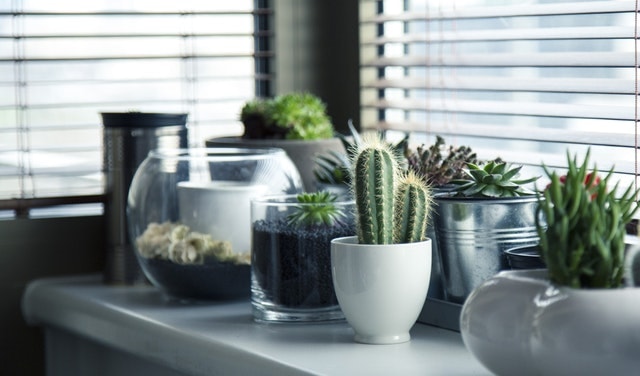Collard greens are a nutritious and versatile leafy green vegetable that has been a staple in many cuisines for centuries. Whether you’re a seasoned gardener or a novice, cultivating collard greens can be a rewarding experience. To optimize the health and productivity of your collard greens, consider the benefits of companion planting. Companion plants are strategically chosen to enhance the growth of one another, providing a more balanced and harmonious garden ecosystem. In this article, we’ll explore the world of companion plants for collard greens and how they can contribute to a thriving and sustainable garden.
Understanding Companion Plants:
Companion planting is an age-old gardening practice that involves growing certain plants together to promote mutual benefits. These benefits can include pest control, improved nutrient uptake, enhanced pollination, and overall increased yields. When it comes to collard greens, selecting the right companions can contribute to a healthier and more robust garden.

1. Tomatoes (Solanum lycopersicum):
Tomatoes are known to be excellent companions for collard greens. Collard greens benefit from the presence of tomatoes as they help deter pests such as aphids and whiteflies. In return, collard greens provide shade for the tomato plants, helping them conserve moisture and thrive in warmer conditions. This symbiotic relationship creates a well-balanced environment for both crops.

2. Aromatic Herbs:
Planting aromatic herbs like basil, mint, and thyme alongside collard greens can have several advantages. These herbs release natural compounds that can repel pests like cabbage moths and aphids, protecting collard greens from potential infestations. Additionally, the strong scent of these herbs can confuse and deter pests, creating a less appealing environment for them.
3. Nasturtiums (Tropaeolum majus):
Nasturtiums are not only beautiful, colorful additions to your garden but also effective companions for collard greens. These flowers act as a natural deterrent for pests like aphids, whiteflies, and cabbage loopers. Nasturtiums can attract predatory insects such as spiders and ground beetles that feed on harmful pests, further contributing to a pest-resistant garden.

4. Marigolds (Tagetes spp.):
Marigolds are well-known for their pest-repelling properties. The strong scent of marigold flowers can deter nematodes, which are microscopic worms that can damage the roots of collard greens. Planting marigolds around the perimeter of your collard greens garden creates a protective barrier against these soil-dwelling pests, ensuring the health and vitality of your collard greens.
5. Beans (Phaseolus spp.):
Beans, such as bush beans and pole beans, make excellent companions for collard greens. These legumes are nitrogen-fixing plants, which means they have the ability to take nitrogen from the air and convert it into a form that other plants can use. Collard greens, like many leafy greens, benefit from nitrogen-rich soil. Planting beans near collard greens can contribute to improved soil fertility, promoting healthier and more vigorous growth.
6. Radishes (Raphanus sativus):
Radishes are known for their ability to repel certain pests, including cucumber beetles and rust flies. Interplanting radishes with collard greens can help protect the greens from these destructive insects. Additionally, radishes have a shallow root system that can help break up compacted soil, improving water and nutrient absorption for both crops.
7. Cucumbers (Cucumis sativus):
Cucumbers and collard greens make compatible neighbors in the garden. Cucumbers provide shade for the collard greens, helping to prevent them from bolting in hot weather. The vertical growth habit of cucumbers also maximizes space utilization in the garden. However, it’s important to ensure proper spacing to avoid overcrowding and competition for resources.
Conclusion:
Companion planting is a holistic and sustainable approach to gardening that harnesses the natural synergies between different plant species. When it comes to collard greens, selecting the right companions can result in a more resilient and thriving garden. From pest control to improved soil fertility, the benefits of companion plants extend beyond the collard greens themselves. Experimenting with various companion plants and observing their interactions can lead to a more balanced and harmonious garden ecosystem. So, roll up your sleeves, dig into the soil, and enjoy the rewards of a well-planned collard greens garden enriched with the diversity of companion plants.
MORE POSTS:
10 Best Companion Plants for Peas
Creating a Chicken-Friendly Garden: Tips for Harmony and Sustainability
Resources:
https://www.littlehomeinthemaking.com/collard-greens-companion-plants/
https://heritagegarden.uic.edu/collard-greens-brassica-oleracea



